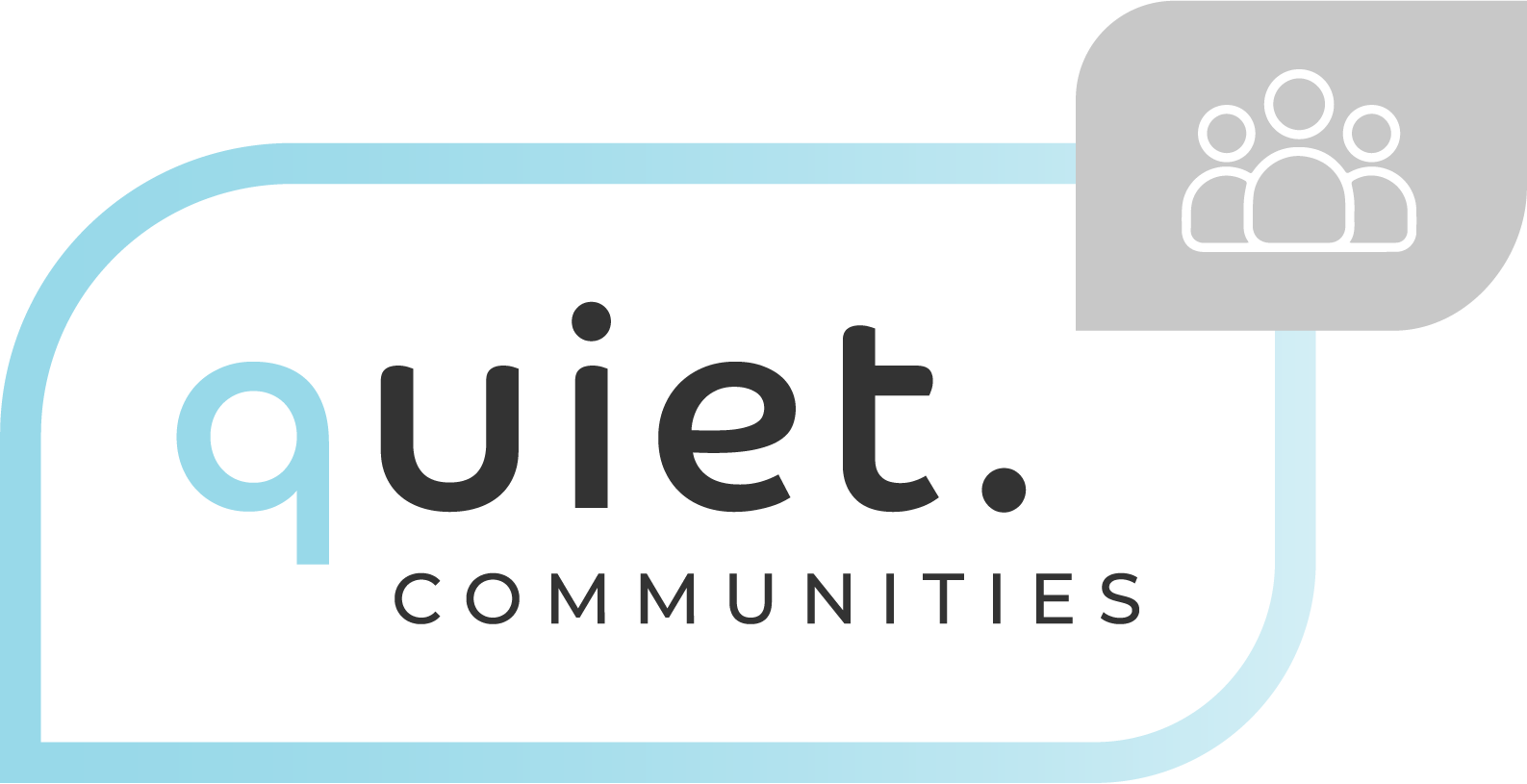Photo credit: RDNE Stock project
by Daniel Fink, MD, Chair, The Quiet Coalition
I often write: “If it sounds loud, it’s too loud and your auditory health* is at risk. Turn down the volume, leave the noisy environment or use hearing protection.” Hearing protection includes earplugs and earmuffs, but earplugs are smaller and easier to carry in a pocket or a purse.
I also say that “the best earplug is like the best form of birth control: cheap, convenient, easy to use and always there when you need it!” This line often gets a laugh when I’ve used it at national and international noise meetings.
The Quiet Coalition and its parent organization, Quiet Communities, Inc., do not have commercial relationships or sponsorships with any manufacturer of any device, product or service. Other organizations and publications have different policies. The New York Times Wirecutter website makes recommendations based on independent research, but discloses that it gets revenue from subscriptions and commissions from sales made through links on its site.
Wirecutter recommendations that I have found helpful or interesting include those for items like water filters, suitcases, over-the-counter hearing aids and earplugs. Wirecutter also recommends “the best earplugs” for sleeping and for concerts. The Times recently ran a personal essay recommending Mack’s Slim-Fit Soft Foam Earplugs.
Wirecutter writer Alexander Aciman stated that he was bothered by noise at parties and concerts until he started buying these earplugs in bulk and keeping a pair in every bag, coat pocket and suitcase. Aciman has a great line about realizing he didn’t have his earplugs with him: “Earplugs at home are about as useful as a parachute to a scuba diver.”
I somehow can’t use foam earplugs. I don’t know if it’s because I have oddly-shaped external auditory canals, but I never get a good enough seal to keep out the noise. So, I use clear soft plastic earplugs with a Noise Reduction Rating** of 11 when I’m at a classical music concert or in a noisy restaurant. I use corded industrial-strength earplugs with NRRs of 25 to 27 at sporting events. I have industrial strength earplugs at my workbench and in my toolbox. I keep both types in my car and my wife has them in her purse, for her use and for me if I forget mine. When using power tools, I use the industrial-strength earplugs and ear muff hearing protection. The National Institute for Occupational Safety and Health calls this dual hearing protection, and recommends it for work involving tools emitting 100 decibels noise or more. This NIOSH blog post from 2018 offers more recommendations for hearing protection.
Again, if it sounds loud it’s too loud and your auditory health is at risk. You should have whatever form of hearing protection works for you handy at all times, and use it when you need. I don’t care if it’s the Mack’s earplugs or any other brand. Use what works for you.
Do that, and your ears should last you your entire life.
*After being chided some years ago by a noise colleague with hyperacusis for only mentioning hearing loss, I started using the term “auditory health.” As I explained to her, I have been unable to find any studies correlating specific noise exposure levels with tinnitus (ringing in the ears) or hyperacusis (a sensitivity to loud noise like Aciman apparently has). But experts generally think that if one protects one’s ears to prevent noise-induced hearing loss, one should also avoid tinnitus and hyperacusis.
**The Noise Reduction Rating is calculated by the Environmental Protection Agency and is a labeling requirement for hearing protection devices used in industry. It is discussed in the NIOSH blog post referenced above.
